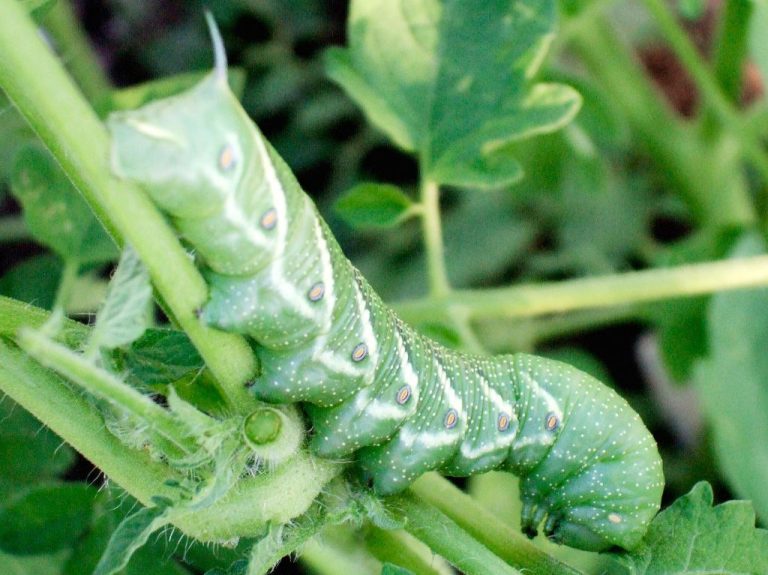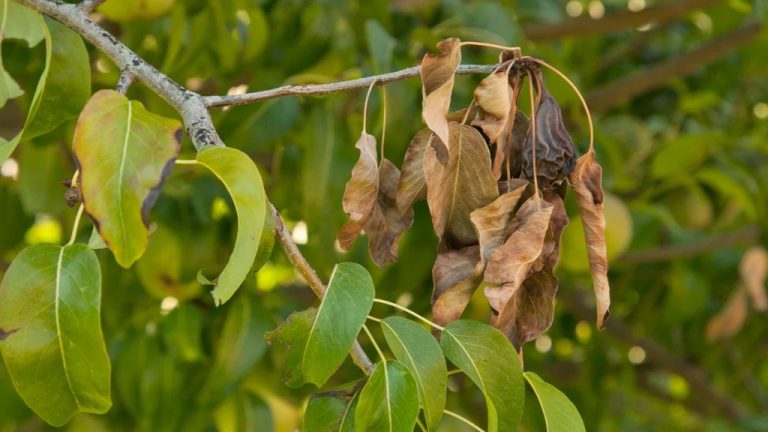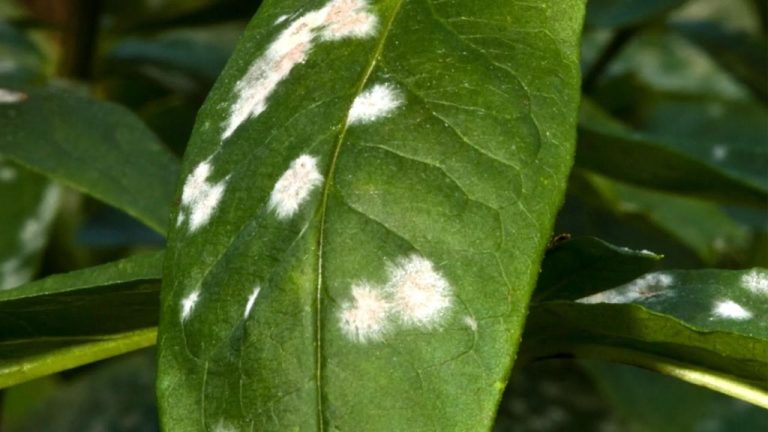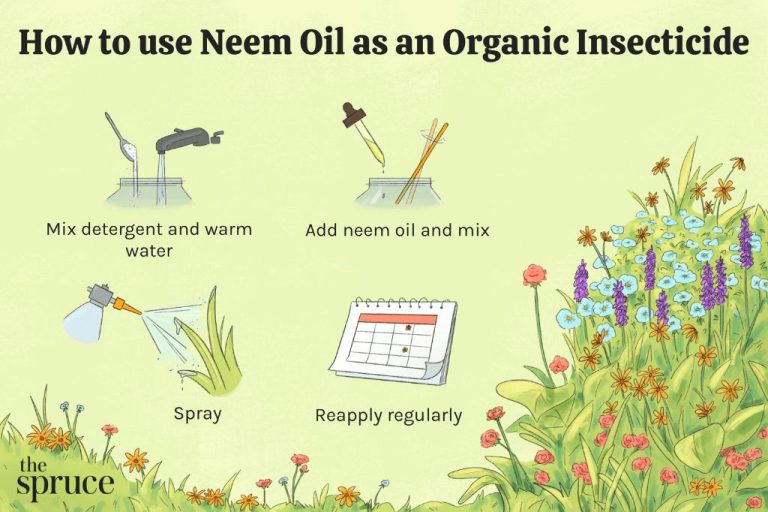Dealing With Cucumber Beetle Infestations: Protecting Your Crops
Cucumber beetles are major pests of cucurbit crops like cucumbers, squash, melons, and pumpkins. The most common species are the striped cucumber beetle (Acalymma vittatum) and the spotted cucumber beetle (Diabrotica undecimpunctata howardi). Both larvae and adults can cause significant damage to crops by feeding on roots, stems, leaves, flowers, and fruits.
Adult beetles chew holes in leaves and vines, stunting plant growth. They also feed on pollen and transmit bacterial wilt disease between plants as they move from flower to flower. Larvae burrow into roots and stems, weakening and destroying the plant. Heavy infestations can quickly defoliate plants and lead to lower yields and smaller fruits.
Controlling cucumber beetles is crucial for growing healthy cucurbit crops. This guide covers identifying cucumber beetles, their life cycle, monitoring methods, and cultural, natural, chemical, and organic control options to manage infestations and prevent crop losses.
Identifying Cucumber Beetles
There are two main species of cucumber beetles that are problematic for vegetable growers: the striped cucumber beetle (Acalymma vittatum) and the spotted cucumber beetle (Diabrotica undecimpunctata). Being able to identify them is the first step in managing an infestation.
The striped cucumber beetle is approximately 1/4 inch long and has a yellow-green body with three black stripes down its back. The spotted cucumber beetle is slightly smaller at just over 1/5 inch long and is yellow-green with 12 black spots on its back (source).
In addition to attacking cucumber plants, both beetles feed on other cucurbits including squash, melons, and pumpkins. They will also feed on beans, corn, and other vegetables. Visible damage includes holes chewed in leaves and flowers, leaving a lace-like appearance, and scarring on fruits (source).
Being able to accurately identify cucumber beetles when scouting crops is crucial for effective control and prevention of crop damage. If beetles are spotted early, action can be taken before populations explode.
Life Cycle and Behavior
Cucumber beetles go through complete metamorphosis with four life stages: egg, larva, pupa, and adult. The adult beetles feed on the foliage and fruit of cucurbit crops, while the larvae feed on the roots underground [1].
In Wisconsin, only the striped cucumber beetle overwinters as an adult [2]. The beetles emerge in mid- to late-May and begin feeding on cucurbit plants. Females lay eggs at the base of host plants. The larvae hatch and feed on roots for 2-4 weeks before pupating in the soil. The new generation of adults emerges in early to mid-August and feeds until frost.
Spotted cucumber beetles do not overwinter and migrate north each year. They arrive later in the summer, usually June-July. Their life cycle is similar with adults laying eggs on cucurbit plants that hatch into root-feeding larvae. There are 1-2 generations per year in most regions.
Adult beetles feed on leaves, vines, flowers and fruits. They prefer to feed on cucurbit blossoms and use the pollen and nectar for nutrition. Feeding damage to foliage and rind of fruit can reduce crop quality.
Monitoring for Cucumber Beetles
It’s important to monitor for cucumber beetles regularly once plants emerge or are transplanted, as early detection can help prevent major crop damage. Scout in the morning or late afternoon when beetles are most active. Pay particular attention during flowering and fruiting stages when plants are most vulnerable.
Check undersides of leaves as well as flowers for the presence of beetles. Shake vines gently over a white sheet of paper to dislodge insects for easier visualization. Focus monitoring efforts near field edges or areas downwind of potential overwintering sites. Use yellow sticky traps placed just above the plant canopy to capture beetles and estimate populations. Thresholds range from 1 beetle per plant for seedlings to 1-2 beetles per trap, but these will vary by region [1]. Immediately take action if beetles reach threshold levels to avoid rapid increases in numbers.
Scouting 1-2 times per week allows growers to make timely management decisions before pests reach damaging levels. Keep detailed records of dates, locations and population counts to inform future strategies.
Cultural Control Methods
There are several cultural practices that can help reduce cucumber beetle populations and damage to crops:
- Crop rotation – Rotating cucurbit crops to different parts of the garden each year can disrupt cucumber beetle life cycles and make it harder for them to find host plants. According to the University of Massachusetts Extension, crop rotation is one of the most effective cultural controls for managing cucumber beetles [1].
- Delayed planting – Delaying planting cucurbits until after peak cucumber beetle activity in late spring/early summer can allow plants to grow larger before being attacked. Floating row covers can be used at planting and removed once plants start flowering [1].
- Row covers – Floating row covers can physically exclude cucumber beetles from reaching plants in the first several weeks after planting. The edges must be sealed and anchored well. Row covers should be removed during flowering so pollinators can access plants [1].

Natural Enemies
Cucumber beetles have several natural predators, parasites, and pathogens that help keep their populations in check:
- Predators like wolf spiders, ground beetles, lady beetles, and lacewings will prey on cucumber beetle eggs and larvae.
- Parasitic tachinid flies like Celatoria diabroticae will lay eggs on adult beetles. When the eggs hatch, the fly larvae bore into the beetle and feed internally, eventually killing it.
- Some wasps like Celatoria setosa are parasites that attack beetle larvae.
- Certain nematodes like Heterorhabditis species can infect and kill cucumber beetle larvae in the soil.
- Beauveria bassiana is a fungal pathogen that can cause disease in adult beetles.
- Bacillus thuringiensis (Bt) is a microbial insecticide that targets beetle larvae when they feed on sprayed plants.
Encouraging beneficial predators and applying biological controls like Bt and nematodes can assist with keeping cucumber beetle populations at manageable levels without the use of harsh chemical pesticides.
Chemical Control Options
There are several effective insecticide products that can help control cucumber beetle infestations when applied properly:
Pyrethrins like PyGanic Crop Protection EC 5.0 are approved for organic use and can provide quick knockdown of adult beetles, but have no residual activity. They need to be reapplied frequently (cite: https://extension.umn.edu/yard-and-garden-insects/cucumber-beetles).
Neonicotinoids like imidacloprid (Admire Pro) or thiamethoxam (Platinum) can be applied at planting as a soil drench or through drip irrigation to provide longer residual control. They are systemic insecticides that are taken up by the plants’ vascular system (cite: https://extension.entm.purdue.edu/publications/E-95/E-95.html).
Foliar sprays like carbaryl or permethrin can provide contact kill of adults, but multiple applications are often needed. Timing foliar sprays to target newly hatched larvae provides the best control.
Combining different modes of action through rotations or tank mixes can help prevent resistance. Always follow label directions for proper usage.
Organic Control Methods
There are several organic approaches to controlling cucumber beetles without using synthetic pesticides. One option is to use organic insecticidal soaps and oils like neem oil, which can kill beetles on contact or deter them from eating plants (Mother Earth News). Concentrated neem oil can be diluted with water and sprayed directly on plants. Another organic pesticide option is using spinosad-based products, which are derived from naturally occurring soil bacteria. Research shows spinosad can act as a feeding deterrent and insect toxin against cucumber beetles (eOrganic).
Trap cropping is another organic method that involves planting crops like squash, melon, and pumpkin nearby to attract beetles away from the main cucumber crop. Physical traps can also be used, such as yellow sticky traps placed near plants. Intercropping with repellent plants like onion and garlic is also reported to help deter cucumber beetles.
Preventing Spread to Other Crops
There are several techniques that can help prevent the spread of cucumber beetles to other crops in your garden or farm:
Sanitation – Thoroughly clearing crop debris after harvest can remove overwintering sites for cucumber beetles. Destroying crop residues by tilling them into the soil is recommended by the University of Minnesota Extension (source). Removing weeds around fields can also eliminate shelter for the beetles.
Crop Rotation – Rotating cucurbit crops to different parts of your property from year to year can disrupt the beetle lifecycle. The eOrganic guide suggests waiting at least 2 years before re-planting cucurbits in the same spot (source).
Barriers – Floating row covers placed over susceptible crops can provide a physical barrier against the beetles. Make sure covers are in place before plants emerge or are transplanted. Covers will need to be removed during flowering to allow pollination.
Conclusion
Cucumber beetles can cause serious damage to cucurbit crops, but there are several integrated pest management strategies that can help control infestations. It’s important to monitor plants regularly starting from seedling stage to detect beetles early. Both cultural controls like using row covers and natural enemies like parasitic nematodes can be effective prevention methods. If populations reach damaging levels, targeted application of approved insecticides may be warranted, but should be used judiciously to minimize risks. An integrated approach combining monitoring, exclusion, biological control, and selective insecticide use as-needed provides the best protection while minimizing environmental impact.
The key is vigilance in scouting for the beetles starting early in crop development, and being ready to take appropriate actions quickly once spotted. No single method will eliminate all beetles, but deploying multiple tactics as part of an IPM program can help safeguard plants from serious feeding damage. Paying close attention and responding promptly when beetles first appear gives crops the best chance to develop unimpeded. With diligent monitoring and prompt, thoughtful action, cucumber beetle infestations can be managed for successful harvests.






